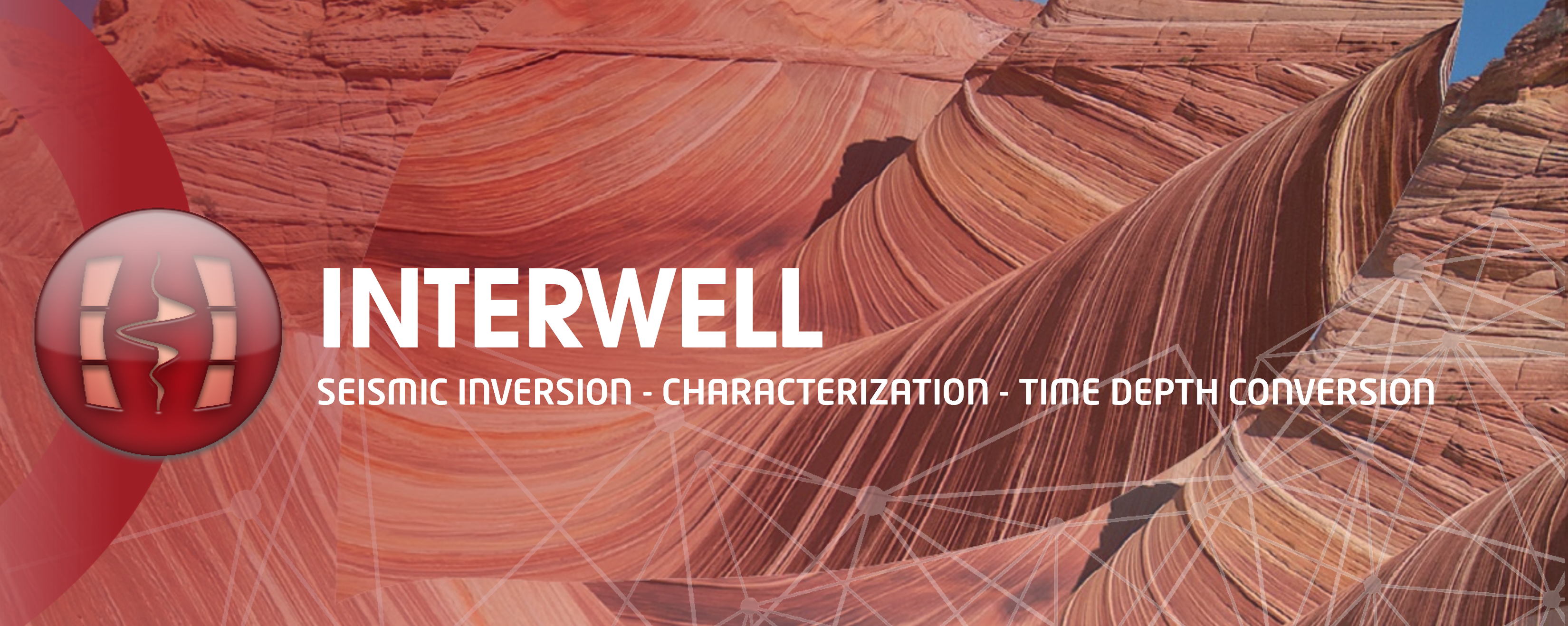InterWell - Seismic Inversion & Characterization
The geophysical solution from Beicip-Franlab
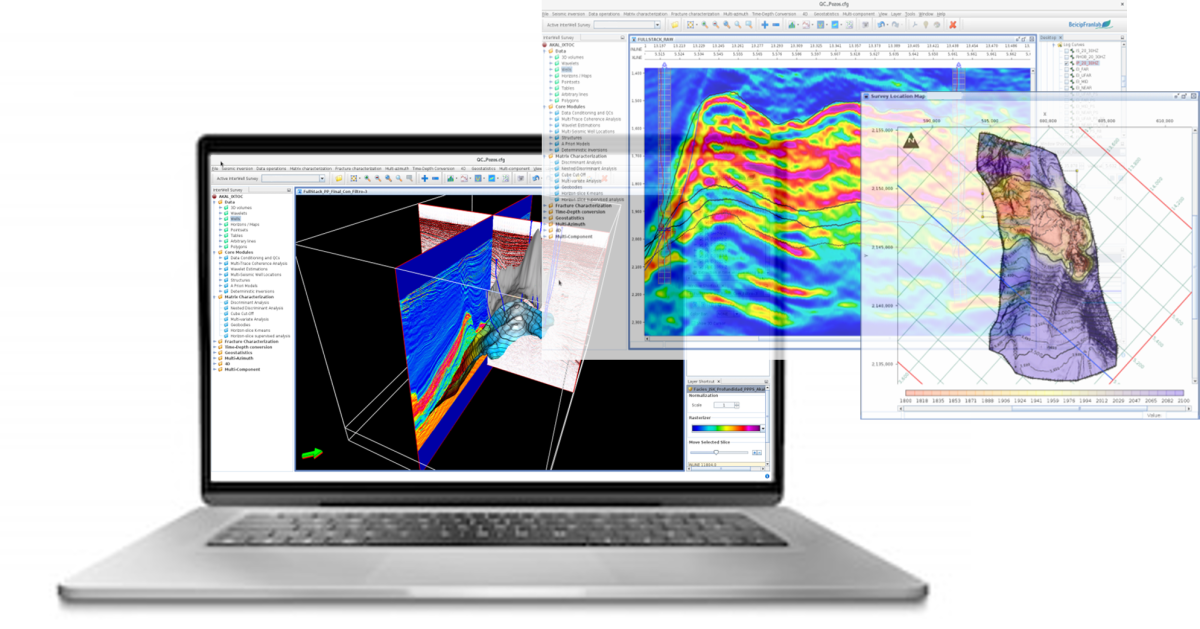
InterWell is a commercial software for seismic inversion, characterization (QI) and time-depth conversion for geoscientists, available in Windows and Linux. Organized in customizable workflows, InterWell is a complete, easy-to-use and reliable software, internally used on daily basis by geophysicists in Beicip-Franlab to perform efficiently consulting studies.InterWell is a commercial software for seismic inversion, characterization (QI) and time-depth conversion for geoscientists, available in Windows and Linux. Organized in customizable workflows, InterWell is a complete, easy-to-use and reliable software, internally used on daily basis by geophysicists in Beicip-Franlab to perform efficiently consulting studies.
Leading-edge inversion workflows
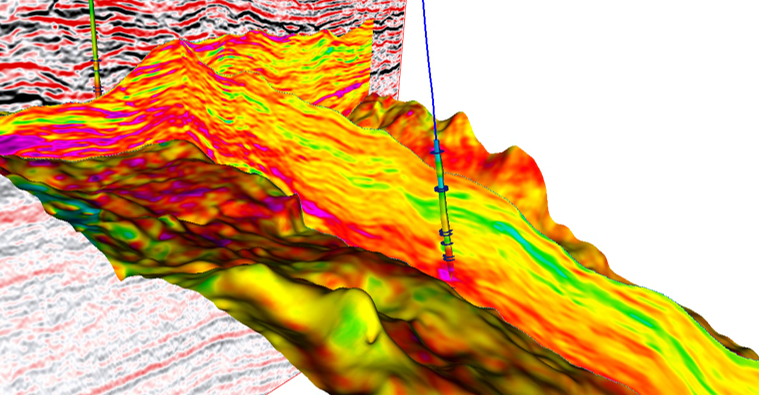
Result of decades of R&D from IFPen, InterWell embeds a well-proven inversion algorithm : model-based, grid-based, multi-channel, joint and based on Bayes formalism. Using this algorithm, InterWell inversion capabilities cover from most standard (post or pre-stack simultaneous inversion) to the most advanced inversion technologies (time-lapse, multi-component, inter-bed multiple modeling). Based on an industrial partnership with CERENA (Lisbon), InterWell also embed a powerful post- and pre-stack geostatistical inversion (GSI) and is therefore one of the most complete inversion software of the market.
Matrix and fracture characterization
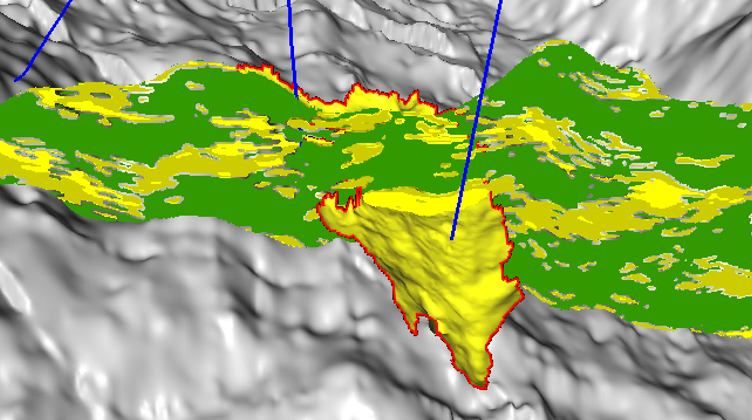
Pioneer in matrix and fracture characterization, Beicip-Franlab gathers in InterWell all its know-how. It possesses a range of tools, including some powered by machine learning, to evaluate key rock properties, lithology and fluid saturation. In addition to visualization, it has the capabilities to assess their 3D connectivity and extract any key statistic as maps to support decisions.
Based on seismic data, raw or previously enhanced using InterWell, the available multi-attribute fracture characterization workflow is used by Beicip-Franlab consulting for integrated fracture studies. It includes more than 20 attributes, their conditioning and combination, to provide a synthesis of the fault and fracture network.
Time-Depth conversion & connectivity analysis
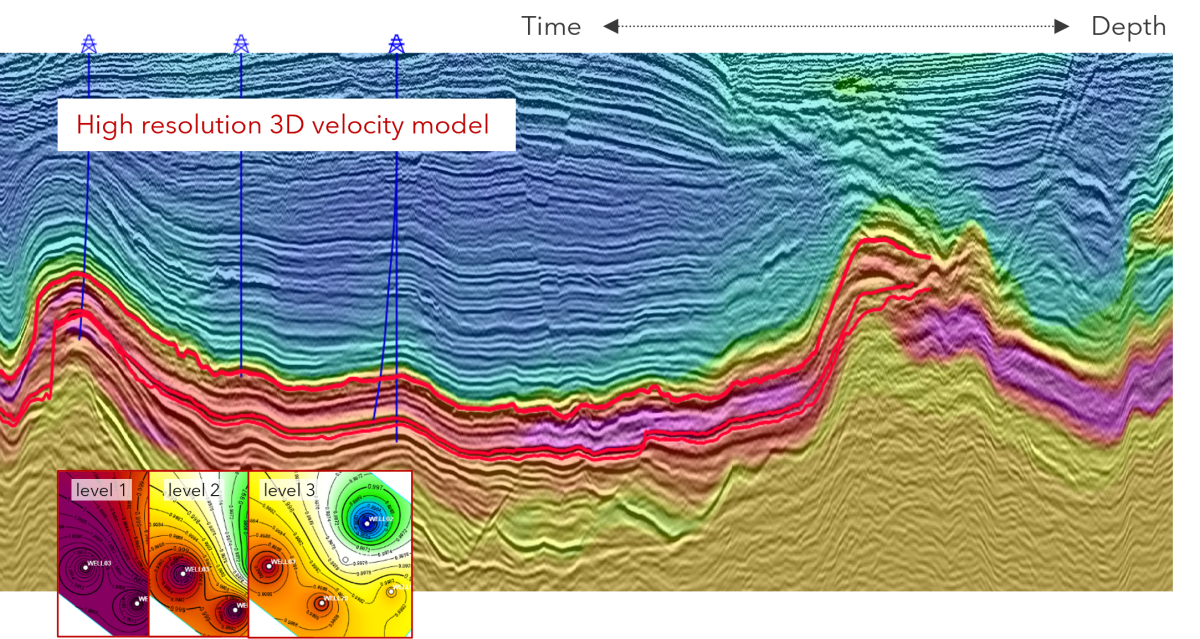
InterWell proposes several workflows (log, map or formula-based) or a combined workflow, to design the velocity model adapted to the available data and the geological context. It embeds a velocity data exploration tool, a key aspect to orient the specialist the most adapted workflow. InterWell ensures an efficient and semi-automatic calibration to perfectly fit with the well data, suitable to finalize or update an existing velocity model.It supports an easy-to-use conversion (time or depth) for all geophysical results.
A strong impact on all your studies
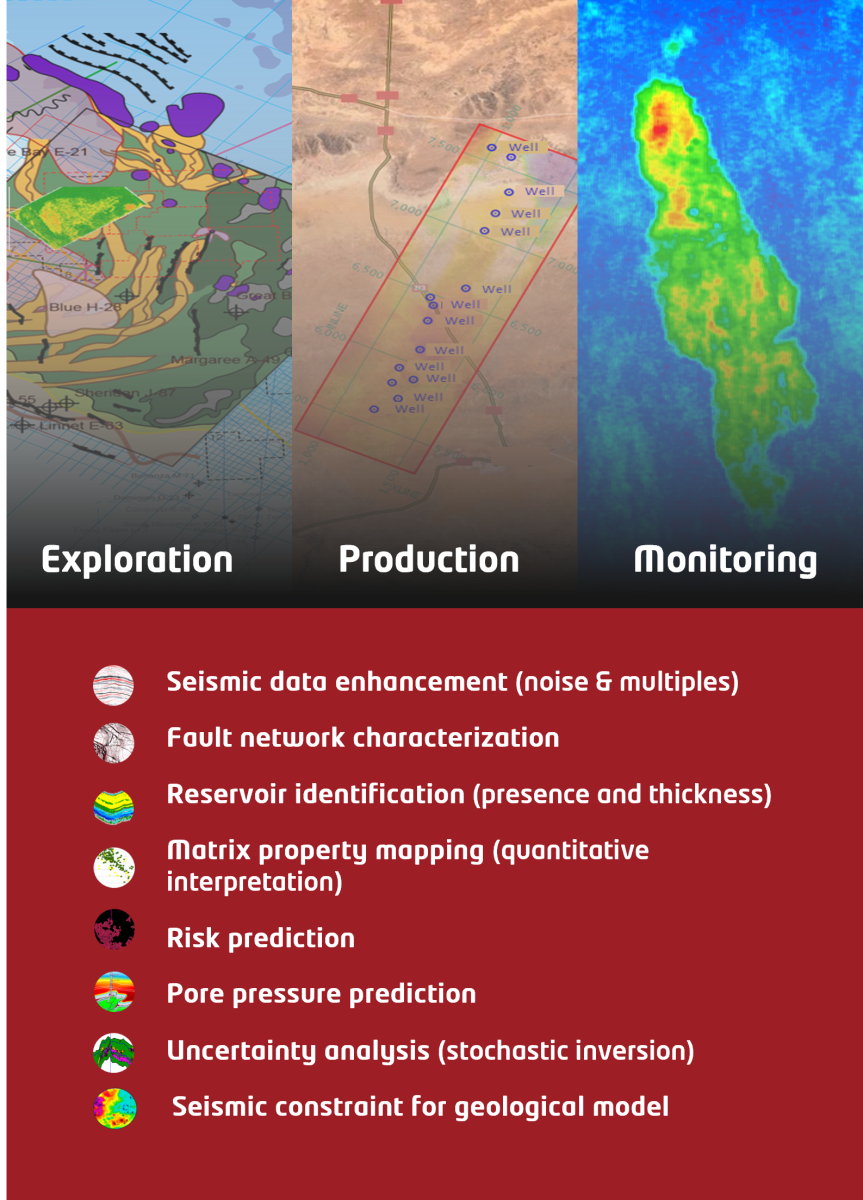
Adapted workflows for carbon management and geothermal projects

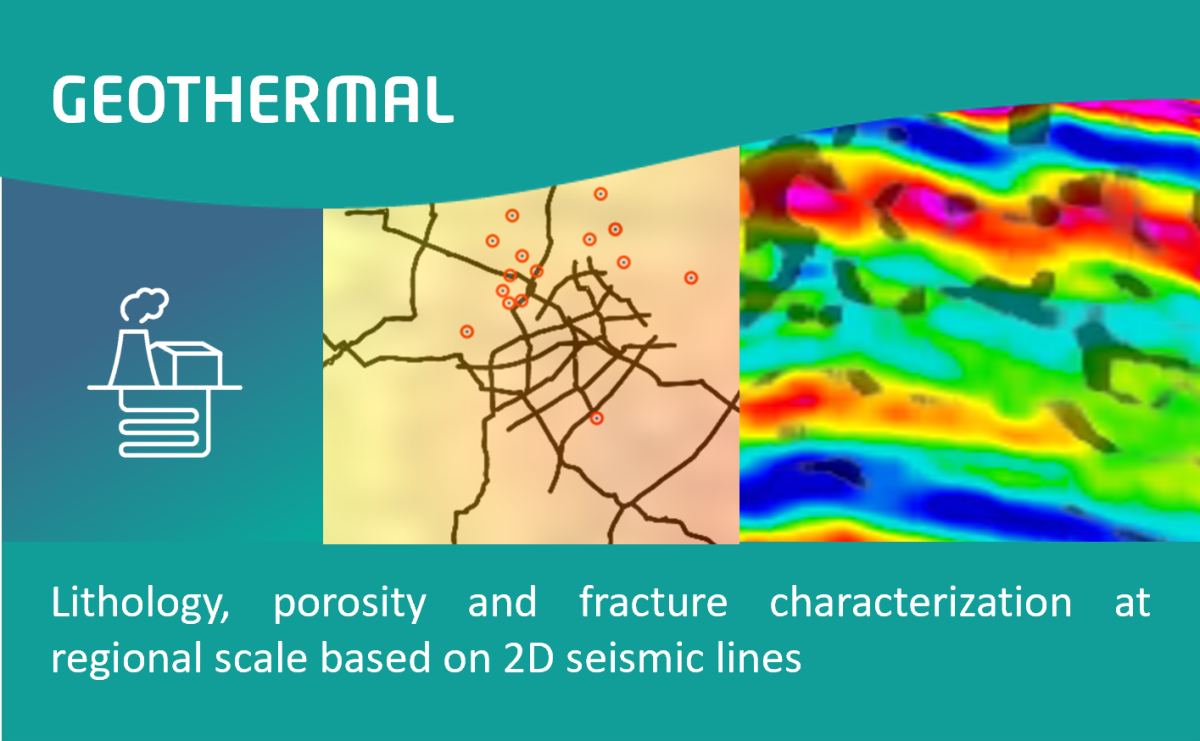
Empowered your seismic data with InterWell

